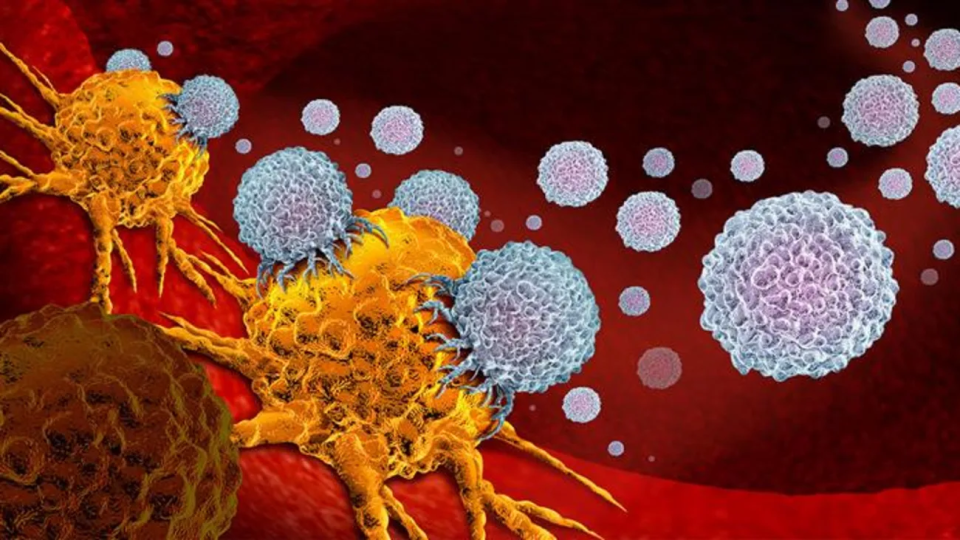The pharmaceutical industry is in the midst of a significant shift as antibody-drug conjugates (ADCs) emerge as a promising alternative to traditional chemotherapy for cancer treatment. These targeted therapies are gaining traction, not just for their potential to improve patient outcomes, but also for their ability to reduce the harsh side effects long associated with chemotherapy.
ADCs are a class of targeted cancer therapies that combine the precision of monoclonal antibodies with the potency of cytotoxic drugs. By linking these two components, ADCs are designed to deliver toxic agents directly to cancer cells, sparing healthy tissue and, in theory, minimizing side effects. This targeted approach is a stark contrast to chemotherapy, which often affects both cancerous and healthy cells, leading to a host of challenging side effects.
While ADCs have been in development for years, recent advancements have positioned them as a go-to treatment option for certain cancers. Companies like AstraZeneca (NASDAQ: AZN), Daiichi Sankyo (TSE: 4568), Pfizer (NYSE: PFE), Merck (NYSE: MRK), and GSK (NYSE: GSK) are at the forefront of this movement. These pharmaceutical giants are leveraging lessons learned from earlier setbacks in the ADC space to refine their drug candidates, focusing on improving efficacy and reducing unwanted side effects.
The process hasn’t been without hurdles. Early versions of ADCs sometimes failed to deliver the expected results, either due to limited effectiveness or unexpected toxicities. However, ongoing research and development have led to better understanding of how to optimize the linkers that connect antibodies to their drug payloads, as well as which cancer targets are most suitable for this technology. This has resulted in a new generation of ADCs that are starting to show real promise in clinical settings.
For decades, chemotherapy has been the backbone of cancer treatment. Its broad mechanism of action, while effective at killing rapidly dividing cells, also causes collateral damage to healthy tissue. This often results in side effects like nausea, hair loss, and increased infection risk, which can significantly impact a patient’s quality of life.
ADCs offer a more targeted approach. By homing in on specific proteins found on the surface of cancer cells, ADCs can deliver their toxic payloads with greater precision. This has the potential to not only improve outcomes but also to make treatment more tolerable for patients. Some ADCs are already becoming the preferred option for certain cancer types, particularly where traditional chemotherapy has limited effectiveness or is poorly tolerated.
The race to develop the next blockbuster ADC is heating up. AstraZeneca and Daiichi Sankyo, for example, have collaborated on several ADCs that are now in late-stage clinical trials or have already received regulatory approval. Pfizer, Merck, and GSK are also investing heavily in this space, each aiming to carve out a share of what many expect to be a rapidly growing market.
The focus is not just on developing new drugs, but also on expanding the use of existing ADCs to treat a broader range of cancers. Companies are exploring combinations of ADCs with other therapies, such as immunotherapies, to further enhance their effectiveness.
Despite the progress, there is still work to be done. Researchers are continuing to refine ADC technology to further improve its safety and effectiveness. This includes developing better linkers, identifying new cancer targets, and exploring novel drug payloads. The hope is that, as these advances continue, ADCs could one day replace chemotherapy altogether for many patients.
The pharmaceutical industry’s bet on ADCs reflects a broader trend toward more personalized, less toxic cancer therapies. While chemotherapy is unlikely to disappear overnight, the rise of ADCs signals a future where cancer treatment is not just more effective, but also gentler.

